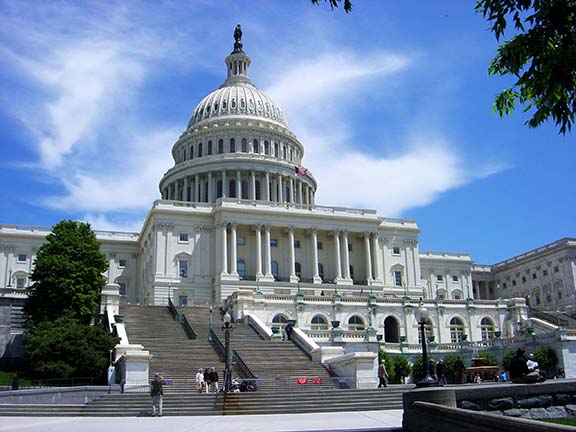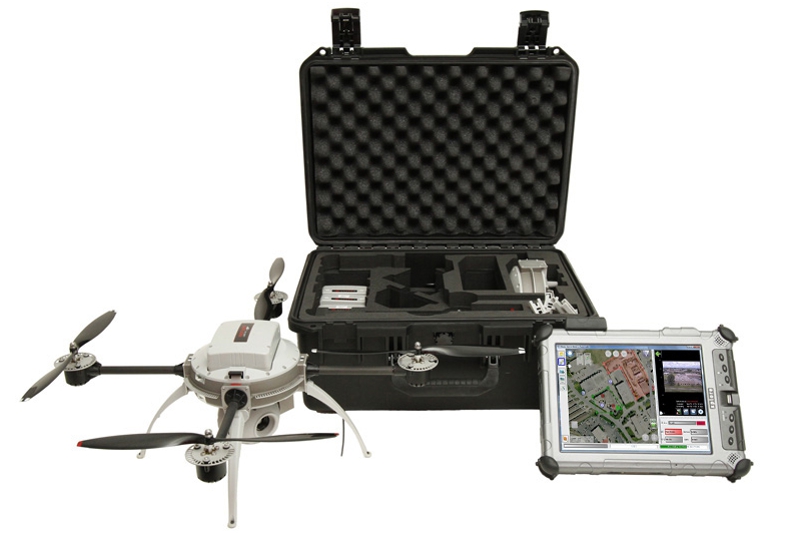No federal funding is available nor will there be for the six test ranges chosen to help integrate unmanned aircraft into the national airspace, a key lawmaker told attendees at a prominent conference on unmanned systems.
“I don’t see Congress doing that [providing money for the ranges],” said Frank LoBiondo, R–New Jersey, the chairman of the House Aviation Subcommittee in response to a question during an Association for Unmanned Vehicle Systems International (AUVSI 2014) conference in Orlando, Florida, last week.
No federal funding is available nor will there be for the six test ranges chosen to help integrate unmanned aircraft into the national airspace, a key lawmaker told attendees at a prominent conference on unmanned systems.
“I don’t see Congress doing that [providing money for the ranges],” said Frank LoBiondo, R–New Jersey, the chairman of the House Aviation Subcommittee in response to a question during an Association for Unmanned Vehicle Systems International (AUVSI 2014) conference in Orlando, Florida, last week.
The Florida meeting, one of the largest gatherings in the world about unmanned aerial systems (UAS) and other autonomous and remotely piloted vehicles, hosted a number of sessions on commercial applications for unmanned aircraft — an industry potentially worth tens of billions of dollars. But actual commercial operation of such craft is illegal in the United States until the Federal Aviation Administration (FAA) sets new regulations — and the FAA needs the research from the ranges to help it draft those rules.
“Probably the biggest benefit from the FAA’s standpoint is that every time there is an introduction of new technology into the national airspace system [NAS] we learn a lot through the operation of that technology in the NAS,” said Jim Williams, the head of the FAA’s UAS Integration Office. ”The more operations the test sites conduct, the more we’ll learn and the better informed our standards, our procedures and our rules will be as we integrate UAS in the NAS.”
The situation is unusual, however, in that the FAA-chosen sites in Alaska, Nevada, New York, North Dakota, Texas, and Virginia will be competing for clients against at least 13 other non-FAA test ranges. The FAA intends to grant its sites broader authorizations to conduct flights than currently given to most other sites and eventually give them the authority to issue airworthiness certifications, said Williams.
If the agency follows through, this would appear to give the six sites a competitive edge. That may be necessary, from the agency’s perspective, because of a lack of funding to pay for the research it needs.
“The test sites are essentially on their own as far funding their operations,” said Williams, noting that “the actual research being conducted at the test sites will be driven by what is brought to them and where they attain funding to do research.”
The (2012) authorization bill of the FAA spells out what the FAA can do and what we need to be doing as far as UAS is concerned, explained Williams during a conference session. “What it doesn’t do is it doesn’t provide any funding, So, the funding for the FAA comes from the appropriations bill, and in the most recent appropriations bill there were no appropriated funds for this program.”
“When we got into this and had the initial discussions with the FAA, when I was introducing the legislation for the test sites, they made it very clear to us, meaning members of Congress and myself, that there would not be any money for this. They would not put any money into the test sites,” LoBiondo told the AUVSI audience.
Although some of the states are putting money toward operating the sites within their borders, LoBiondo said his colleagues in Congress were not willing to add funding to the effort.
To change that, he said, the UAS community must press their representatives to support the test sites financially.
“You know if I go to my colleagues and say ‘Listen let me explain to you why we need to get the federal government to give some money into this program — you know they look at me — and maybe they say ‘OK,’” Lobiondo said, imitating a tired voice. . . . But if they hear from constituents it’s a different story.”
“The members of Congress who vote on these things and approve these things need to understand the critical nature and the timing,” LoBiondo told the audience. “The timing is now. The criticality is now. The money is needed now.”





